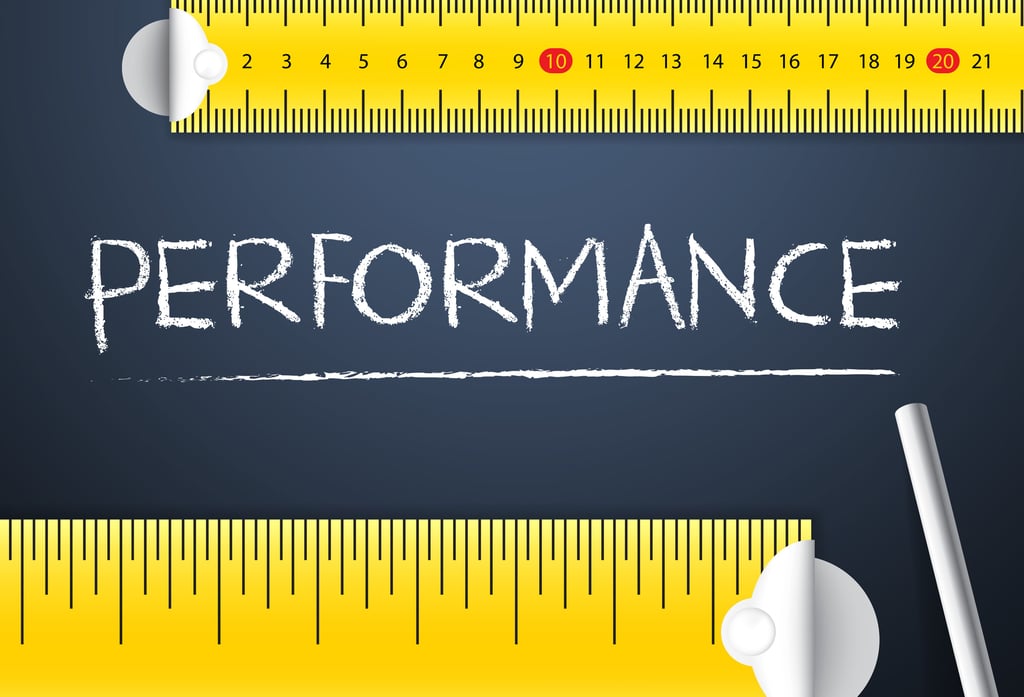
So you are managing a project, you have a budget and you are spending lots of money, but do you really know how well your project is performing?
Not sure? Well guess what, you are not alone.
This article will introduce a couple of simple concepts to help you better understand where your job is actually at and how you can more accurately predict where it will end up.
Define your budget and measure your deliverable
To accurately understand where your project is at, you need to define 2 things before you start.
These are:
A deliverable :
What are you delivering as part of this project? This could be as simple as managing a % complete for the whole project or breaking the project down into smaller deliverable element, which could have a range of different measures. For example, if your project was to deliver a new road you may have multiple deliverables:
| Item | Measure | Amount |
|---|---|---|
| Roading | Lineal meter | 5,000 |
| Kerb and Channel (Both Sides) | Lineal meter | 10,000 |
| Stormwater pits every 200m | Each | 25 |
The above table defines the amount of physical work we have to do to complete the project.
A budget :
It is pretty normal these days for most business to establish a budget before going out and commencing works. Budgets can be at various levels of details, but this example we will keep simple.
If we align our budget with our deliverables, it will be nice and easy for us to understand what portion of the budget we have spent in trying to deliver each item.
| Item | Budget |
|---|---|
| Roading | $5,000,000 |
| Kerb and channel (both sides) | $200,000 |
| Stormwater pits every 200m | $150,000 |
Our budget could be as simple as the above.
How do you bring this information together?
For most project managers, getting a cost report out of the accounts department or their cost system is reasonably straight forward. For example:
| Item | Budget | Cost to date | Balance |
|---|---|---|---|
| Roading | $5,000,000 | $2,000,000 | $3,000,000 |
| Kerb and channel (both sides) | $200,000 | $50,000 | $150,000 |
| Stormwater pits every 200m | $150,000 | $75,000 | $75,000 |
From the above information, it is pretty clear how much of your budget has been spent. This is good but it's only half the picture. From the above information, we do not know how much work has been physically completed.
For instance, we have spent almost 1/2 the roading budget but have we done 50% of the work?
Maybe we have had problems and our progress is slow or maybe we have just bought a lot of materials upfront which we have yet to use. To understand these things, we need to bring into play a measure of physical work completed.
Ideally, we should be regularly capturing this measure of work complete daily / weekly / monthly. The quicker we can capture this with our costs, the more accurately we will understand how well our job is performing. The key metric we are looking for is what is it costing us to deliver each of the budgeted measurable items e.g. how much is it costing us per metre of road laid. If we can work that out, that and we know how much road we still have to go we can estimate how much it is going to cost us to complete the road.
If our prediction indicates the job is taking a nasty turn, we can start putting plans in place to try and bring the job back to where it needs to be.
Example of a report bringing together budget and measures
| Item | Measure | Deliverable | Budget | Budget rate |
Cost to date |
Delivered to date | Actual rate | Balance | To complete | Complete at budget rate | Complete at actual rate | Forecast variance to budget |
|---|---|---|---|---|---|---|---|---|---|---|---|---|
|
Roading |
lm | 5,000 | $5,000,000 | $1,000 | $2,000,000 | 1,800 | $1,111 | $3,000,000 | 3,200 | $3,200,000 | $3,555,200 | -$355,200 |
| Kerb and channel (both sides) | lm | 10,000 | $200,000 | $20 | $50,000 | 3,000 | $16.67 | $150,000 | 7,000 | $140,000 | $116,690 | $23,310 |
| Stormwater pits every 200m | each | 25 | $150,000 | $6,000 | $75,000 | 15 | $5,000 | $75,000 | 10 | $60,000 | $50,000 | $10,000 |
The above report highlights the initial rate at which we expected to deliver the project for. It also shows the rate for which we are currently delivering work.
If we continue to deliver the rest of the job at the current rate, it highlights the predicted variance to the budget.
In this case, we can see that we are going to overspend on our roading budget by $355,200 and save money on kerb and channel and storm waterpits.
Hopefully you find this concept useful and can put it into practice with some of your current projects and wow the rest of your project management team.